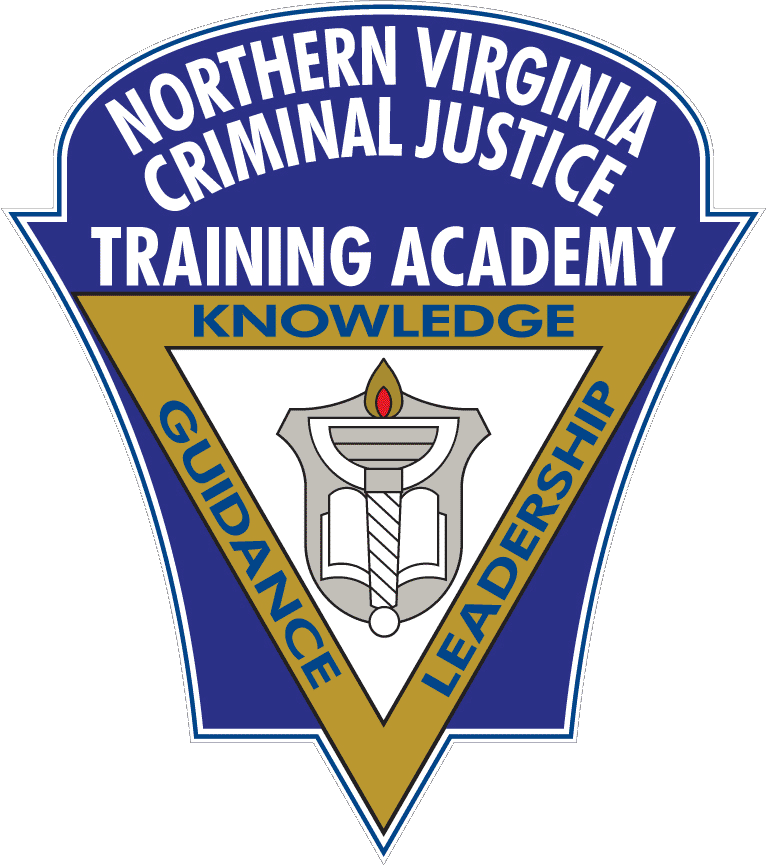Job Announcements
Facility Maintenance Assistant (Part Time)
Click here for more information

Northern Virginia
Criminal Justice Academy
A Nationally Accredited Law Enforcement Training Academy

Strategic Planning for Command Staff
Course length
8
About the course
Advanced Command Staff Training: Strategic Planning
For Heightening Overall Individual & Organizational Professionalism
in a Law Enforcement Agency – Making Possible the Otherwise Impossible
If you don’t know where you’re going then any road will do. So, what is the path forward? Improvement requires change but change is hard. And if you do what you always did, you get what you always got. The status quo does not cause improvement, and neither does wallowing in misery. The path forward is upward. Strategic planning allows us to scale those heights.
Most agree that strategic planning is a good idea but many do not appreciate what distinguishes strategic planning from ordinary, good planning. A broad long-term plan can achieve major goals that would be difficult or impossible to do in a shorter term and without associated planning and scaling. It also allows additional definition and communication of agency values, vision, mission, goals and objectives to both internal and external stakeholders.
The ability to blend agency goals with a realistic projection of available resources and potential liabilities allows formulation of an integrated response to a predicted future environment. Scaling of project dynamics can make the project fit the organization and its environment. This program identifies and illustrates criteria for defining and achieving vastly improved overall individual and organizational professionalism ... and associated outcomes.
This program explores key strategic planning goals and eight-steps for successful strategic planning – with outcomes built around an evaluation system that actually works.
Topics (and major goals) Include …
• Recruiting and Hiring the Right People to be Law Enforcement Officers
• Enhanced but Lower-Cost Training and Testing Systems
• Assuring Key Interpersonal Communication Competencies and Performance
• Assuring Fitness for Duty/Physical and Tactical Readiness
• Tending Better to the Mental Health and Well-Being of Organization Members
• Better Use of Policy and Associated Written Directives Systems
• Closer and More Effective First-Line Supervision
• More Appropriate Systems of Police Discipline and Accountability
• Closer Attention to Constitutional Policing, Use of Force and High-Speed Driving
• Better Documentation: Recording Devices, Report Writing, Internal Investigation
• Better Data Analysis and Oversight: Early Warning Signs and Systems
• Managing Bias and Perceptions of Bias: Racial Profiling and Other Discrimination Issues
• Recognizing and Rewarding Employees Who Best Contribute to Success
• Further Definition of “Organizational Excellence” and “Superior Service”
• More Positive Organizational Culture: Building and Maintaining Duty and Honor Values
• Improved Community Policing: Outreach, Engagement, Trust Building, Partnership